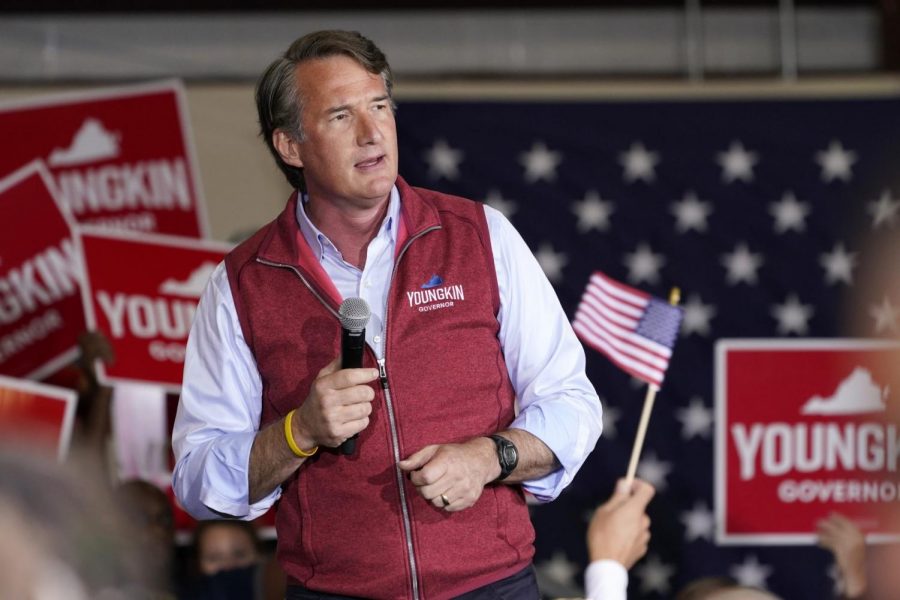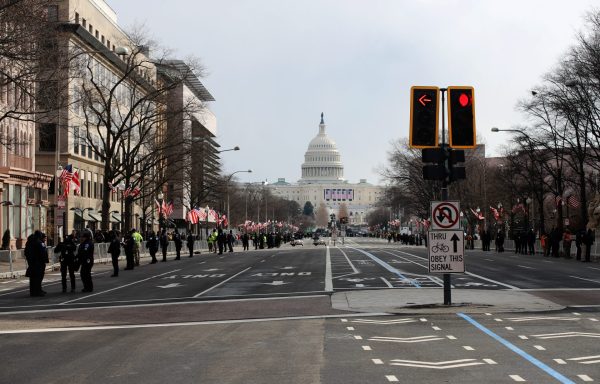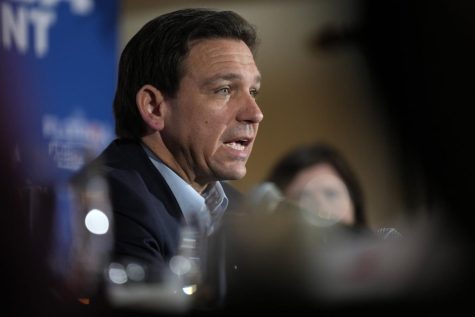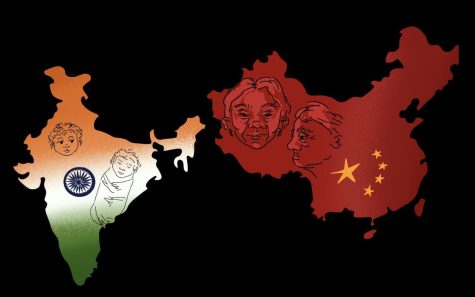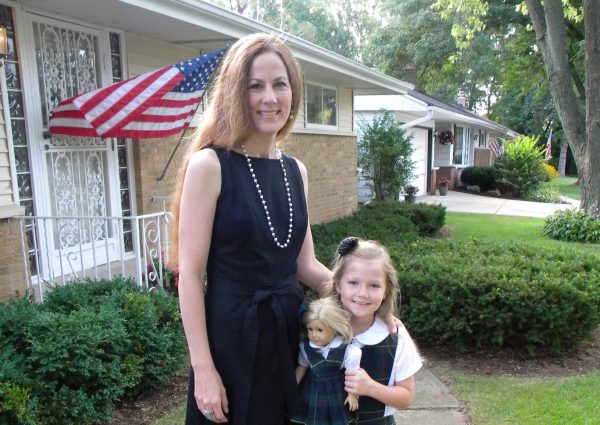A look into Youngkin’s win in Virginia
Virginia’s gubernatorial election was brought to national attention as the first major election in the post-Trump era. Virginia, one of two states that holds its gubernatorial race in the year following the presidential election, served as a potential insight into next year’s midterms — a warning signal for Democrats hoping to secure enough voters to maintain control in Congress.
The Virginia election was a win for Republicans, with Republican candidate Glenn Youngkin taking the governorship.
Laura Vozzella, a local reporter covering Virginia politics for the Washington Post, said that Youngkin appeared to be the “strongest of the Republicans” once he won the nomination.
“He stylistically was so different from Trump that it seemed like maybe he’d have the best shot but it still seemed like he’d be the underdog,” Vozzella said.
Once education started to become a larger issue in the gubernatorial race, this started to shift.
The conversation on education became central to the Virginia governor’s race, and Loudoun County served as the epicenter of the debate.
Earlier this year, Loudoun County school system released a 22-page equity plan that sought to improve implicit bias training and the handling of racist behaviors. The result was an outcry from the community and five parents sued the school system over the plan.
Amid increased nervousness over “critical race theory,” an education model that seeks to analyze the intersection of race and law in the United States, Virginia’s election became the first major race that saw critical race theory as a central issue.
Parents in Loudoun County have subsequently pursued recall campaigns against five school board members which resulted in one member, Beth Barts, deciding to resign from the board in October.
Youngkin took a stance on education in his gubernatorial campaign, promising to restructure Virginia’s education system and ban critical race theory.
“It all starts with recognizing that our curriculum has gone haywire,” Youngkin said at a rally in September. “So on day one, we are going to ban teaching critical race theory in our schools.”
Democratic candidate Terry McAuliffe took a different stance, stating that teachers shouldn’t be able to determine school curriculum; Youngkin used this to his advantage in his campaign ads.
“I don’t think parents should be telling schools what they should teach,” one ad shows McAuliffe saying at a Northern Virginia Chamber of Commerce debate in September.
According to exit polls, 24 percent of voters said that education was the most important issue facing Virginia. Of these voters, 53 percent favored Youngkin. Education was the second top-rated issue with the economy surpassing it according to exit polls, with 33 percent of voters listing it as their primary concern.
Wayne Steger, a political science professor at DePaul, said the two most critical factors in the Virginia election were the role of partisanship and voter turnout.
According to the Virginia Public Access Project, voter turnout seemed to increase across the board in Virginia from 2017. Republicans, though, show larger gains in turnout. The only localities that showed a decrease in turnout were Portsmouth and Charlottesville, both of which vote Democratic. Even among Democratic localities that saw an increase in turnout, that increase was not nearly as great as in Republican localities.
“The parties are clearly polarized along racial lines, education lines and age,” Steger said. “Those are the three big demographics that matter.”
In many respects, Youngkin was able to secure key rural coalitions while chipping away at Democratic urban and non-white leads in the state. The high turnout by Republicans suggests that they have been able to mobilize voters in a way that Democrats were not this year. Virginia’s gubernatorial election could suggest that Democrats will have to reassess how to mobilize their voters in time for midterms. The out-party tends to see greater wins in midterms and that, along with Democrats’ loss in Virginia, could signify a need to shift strategy for 2022.


